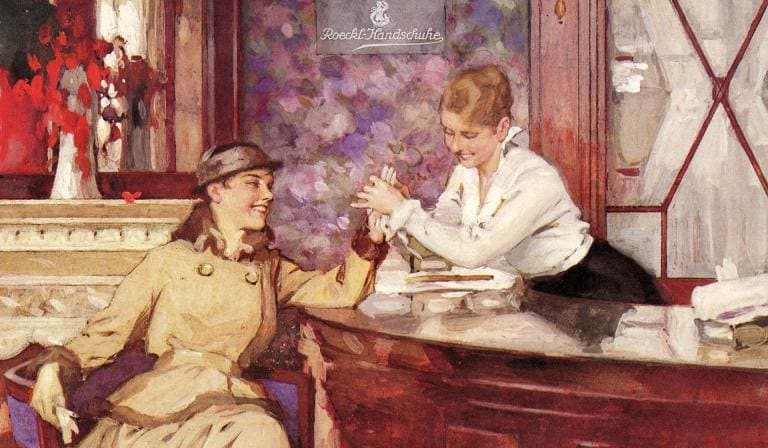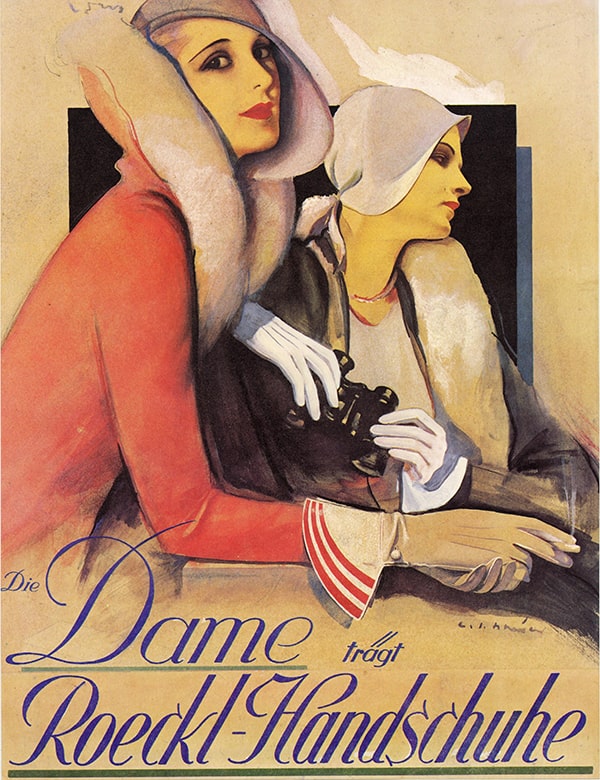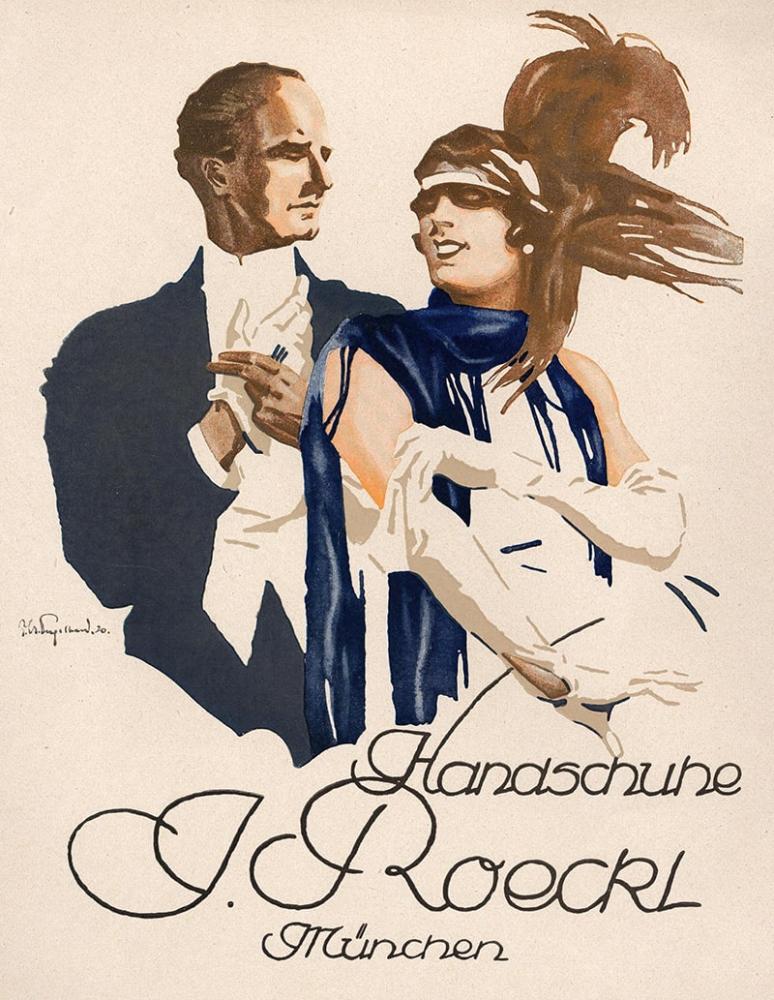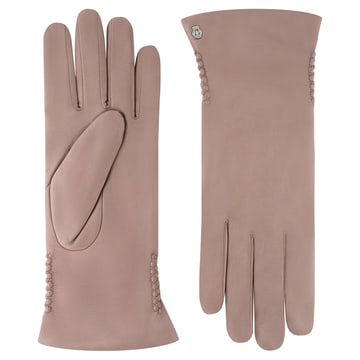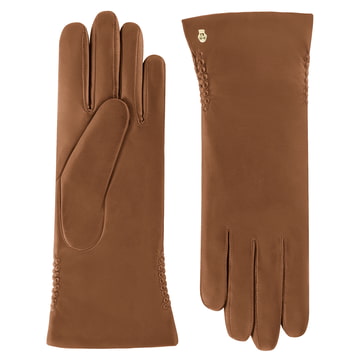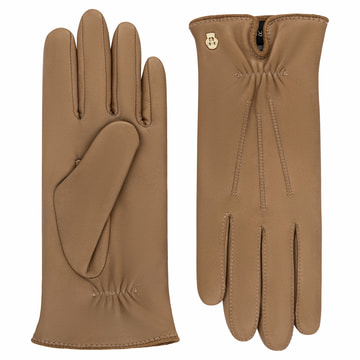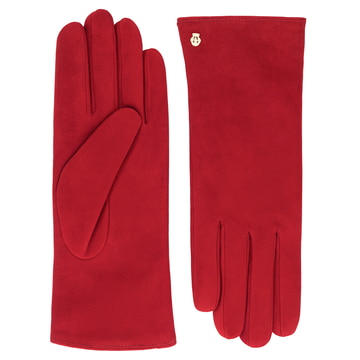THE HISTORICAL ROECKL GLOVE ETIQUETTE GUIDE
You can deal with anything in the world if you only put on the necessary gloves. - Heinrich Heine
As early as the 14th century, the glove was an essential accessory for the woman and the gentleman, a status symbol as well as protection in everyday life. Therefore, an etiquette also developed around the glove: there were traditional rules of etiquette for wearing or not wearing gloves.
THE RIGHT GLOVE - WHEN & FOR WHAT OCCASION?
In the 1930s, there was an ideal glove for every time of day and every outfit.
For example, women wore slim gloves with an elegant coat, street costume and day dress made from fine fabric or with very discreet ornamentation, casual but elegant. For an afternoon and evening dress more detailed ornaments were common.
With a city and office suit, gentleman would wear firm gloves that were not too ostentatiously decorated. With a sports and leisure suit, sporty gloves were worn that could also be strikingly decorated with seams and slits. White glacé or fabric gloves made of fine material were worn with tailcoats.
WHAT DO YOU WEAR - WHEN - FOR WHAT - WITH WHAT?
Excerpt from the glove etiquette book of the 1930s
1 P.M. |
4 P.M. |
5 P.M. |
6 P.M. |
8 P.M. |
From 9 P.M. |
|
Meet for lunch: Ensemble flannel dress and checked 7/8 long paletot. |
For the rendezvous in a pastry shop: quiet costume with a long, fashionable jacket, underneath a blouse in organza with a ruffled collar |
For a fashion show or a tea party, an ensemble: figure-hugging dress, a straight jacket with a net collar and cuffs. |
Meet in the bar, quiet sleeveless cocktail dress with cleavage and a sweeping skirt. |
Narrow, long and discreet dinner dress or a theatre or concert dress, this time not black. |
The big, precious evening dress |
|
Gloves: grey suede |
Gloves: navy suede |
Gloves: glacé, mink colour |
Gloves: sand or white, half-length |
Gloves: rosé glacé leather, long and turquoise or short |
Gloves: white with gold embroidery and possibly pearls
|

